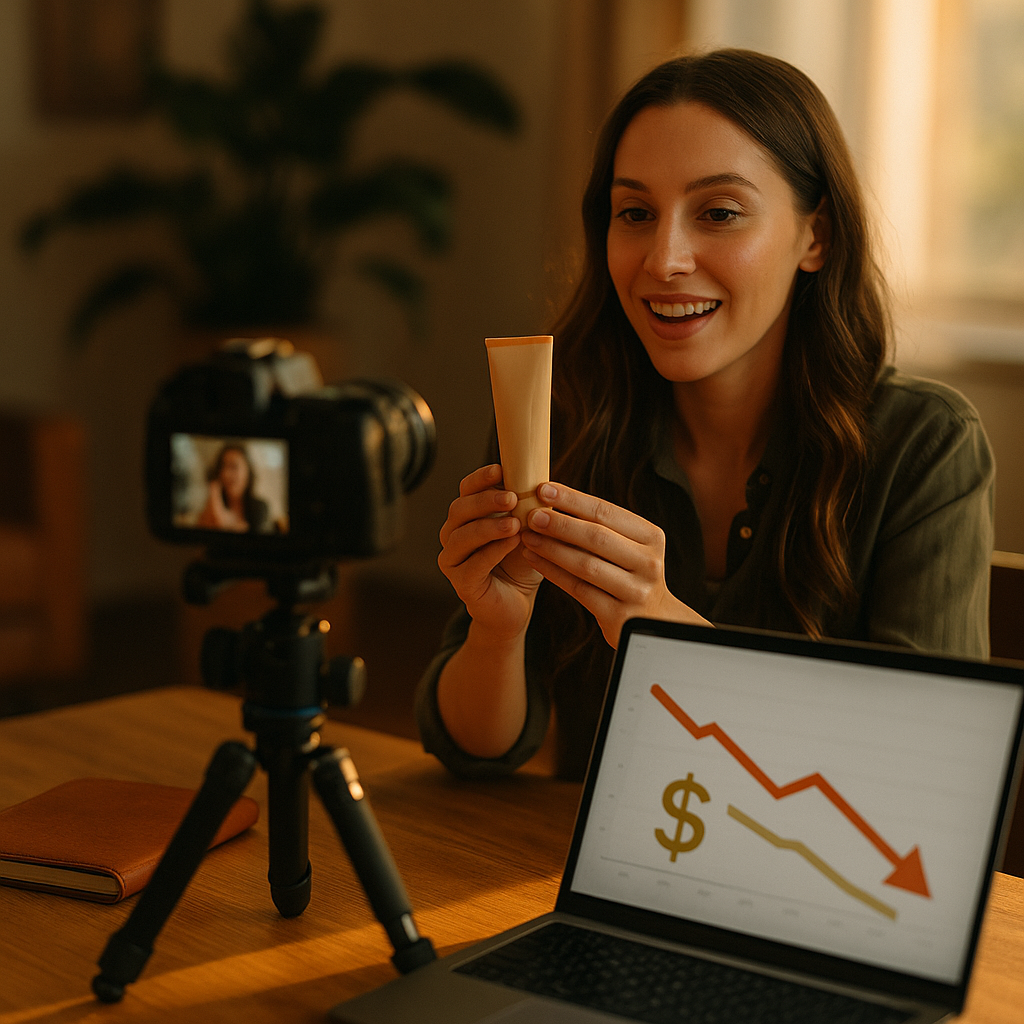Modeling influencer marketing’s impact on customer acquisition cost is essential for marketers striving to optimize their budgets and ROI. This approach reveals how influencer collaborations shape the efficiency of acquiring new customers. Exploring proven modeling techniques empowers brands to make data-driven decisions and reach their growth targets faster. Ready to boost your marketing team’s analytical edge?
Understanding Influencer Marketing Attribution
Properly attributing customer acquisition to influencer marketing campaigns is a foundational step. Unlike paid media, influencer-generated traffic can have complex, multi-touch journeys. Companies must decide whether to use first-touch, last-touch, or multi-touch attribution models to allocate acquisition credit.
Multi-touch attribution stands out because it traces the customer journey from initial influencer exposure to final conversion. By tracking unique referral links, discount codes assigned to influencers, or advanced UTM parameters, brands can connect conversions to specific creator efforts. This transparency ensures accurate cost allocation and makes for credible ROI reporting.
Calculating True Customer Acquisition Cost from Influencer Efforts
To understand influencer marketing’s impact on customer acquisition cost (CAC), clearly separate spending tied to influencer activities from other marketing channels. Begin by tallying all influencer-related expenses, including:
- Influencer fees and commissions
- Product seeding or gifting
- Content creation costs
- Platform or agency management fees
Next, count the number of new customers who made purchases after interacting with influencer content. The formula for influencer CAC becomes:
Influencer CAC = (Total influencer campaign costs) / (Number of new customers acquired through influencers)
Using tools like Google Analytics 4, affiliate dashboards, and CRM integrations is essential in 2025 for granular tracking and validation of new customer sources.
Leveraging Predictive Modeling to Isolate Impact
Advanced predictive modeling techniques like Media Mix Modeling (MMM) and Incrementality Testing provide clear insights into how influencer marketing shifts acquisition costs.
- Media Mix Modeling: MMM statistically analyzes how various channels—including influencer campaigns—contribute to customer growth while controlling for other variables. This quantifies influencer marketing’s standalone impact on CAC relative to other touchpoints.
- Incrementality Testing: Holdout groups are not exposed to influencer campaigns while test groups are. Comparing the acquisition rates between these groups isolates the influence that creators have on lowering or raising CAC.
By adopting these methods, marketers can accurately predict and optimize influencer ROI even as social channels evolve.
Data-Driven Optimization for Influencer Campaigns
A/B testing and real-time analytics drive ongoing improvements in influencer strategy. Leading marketers examine:
- Conversion rates per influencer and content format
- Customer lifetime value (CLTV) among influencer-acquired cohorts
- Post-purchase engagement (e.g., retention, referrals)
Use lookalike and propensity modeling to target audiences that are more likely to convert via influencer touchpoints. Remember that quality, trust, and audience fit with influencers matter just as much as reach or follower count. Brands that continuously refine their influencer mixes based on these metrics consistently lower CAC over time.
Tracking Long-Term Effects and Brand Equity
The full impact of influencer marketing on CAC may be delayed; customers often require multiple exposures before converting. Track not just immediate sales, but also:
- Brand search volume changes correlated with influencer campaigns
- Social listening signals for brand sentiment
- Increase in direct or organic website traffic
Combine these metrics with post-campaign brand lift surveys to gauge ongoing customer acquisition efficiency. As influencer marketing matures in 2025, brands that monitor long-term effects develop stronger, more resilient acquisition strategies.
Key Metrics and Benchmarks to Monitor in 2025
Understanding which performance benchmarks to track keeps teams aligned and focused. In the influencer marketing ecosystem, best-in-class brands monitor:
- Cost-per-acquisition (CPA) by influencer tier and vertical
- Return on influencer spend (ROIS)
- Time-to-conversion after influencer exposure
- Customer retention rate among users acquired via influencer channels
Set targets based on up-to-date industry studies, and routinely revisit your KPIs as platforms, algorithms, and influencer rates shift. According to recent surveys, brands that invest in robust measurement frameworks see on average a 22% decrease in CAC from influencer-driven channels compared to those without structured modeling.
FAQs
-
How can I track which customers came from influencer marketing?
Use unique referral links, promo codes assigned to each influencer, and UTM parameters to trace traffic and conversions. Integrating CRM and analytics tools provides an end-to-end view from first touch to purchase.
-
What is the most effective attribution method for influencer campaigns?
Multi-touch attribution is generally most accurate, as it considers every point of contact in the customer journey. For more granular insights, employ media mix modeling and incrementality (A/B test) approaches.
-
Are micro-influencers more cost-effective than celebrities?
Often, yes—micro-influencers usually offer higher engagement and trust among niche audiences, resulting in better cost-per-acquisition for specific niches. Test various influencer tiers and measure the actual CAC for your brand.
-
How frequently should I evaluate influencer marketing’s impact on CAC?
Perform an in-depth review after each major campaign, and establish quarterly check-ins to adjust strategy based on new channel data and performance benchmarks.
-
Which platforms are best for influencer-driven customer acquisition in 2025?
Instagram, TikTok, and YouTube remain top choices, with emerging traction for creators on Pinterest and Twitch. Evaluate platforms based on your product vertical and audience alignment for optimal results.
Modeling influencer marketing’s impact on customer acquisition cost is crucial for strategic growth in 2025. By leveraging robust tracking, predictive analytics, and ongoing optimization, brands gain precise control over acquisition metrics and maximize ROI. The right modeling approach delivers competitive advantage—now and in the future.
